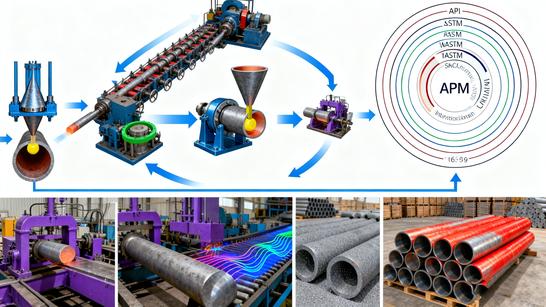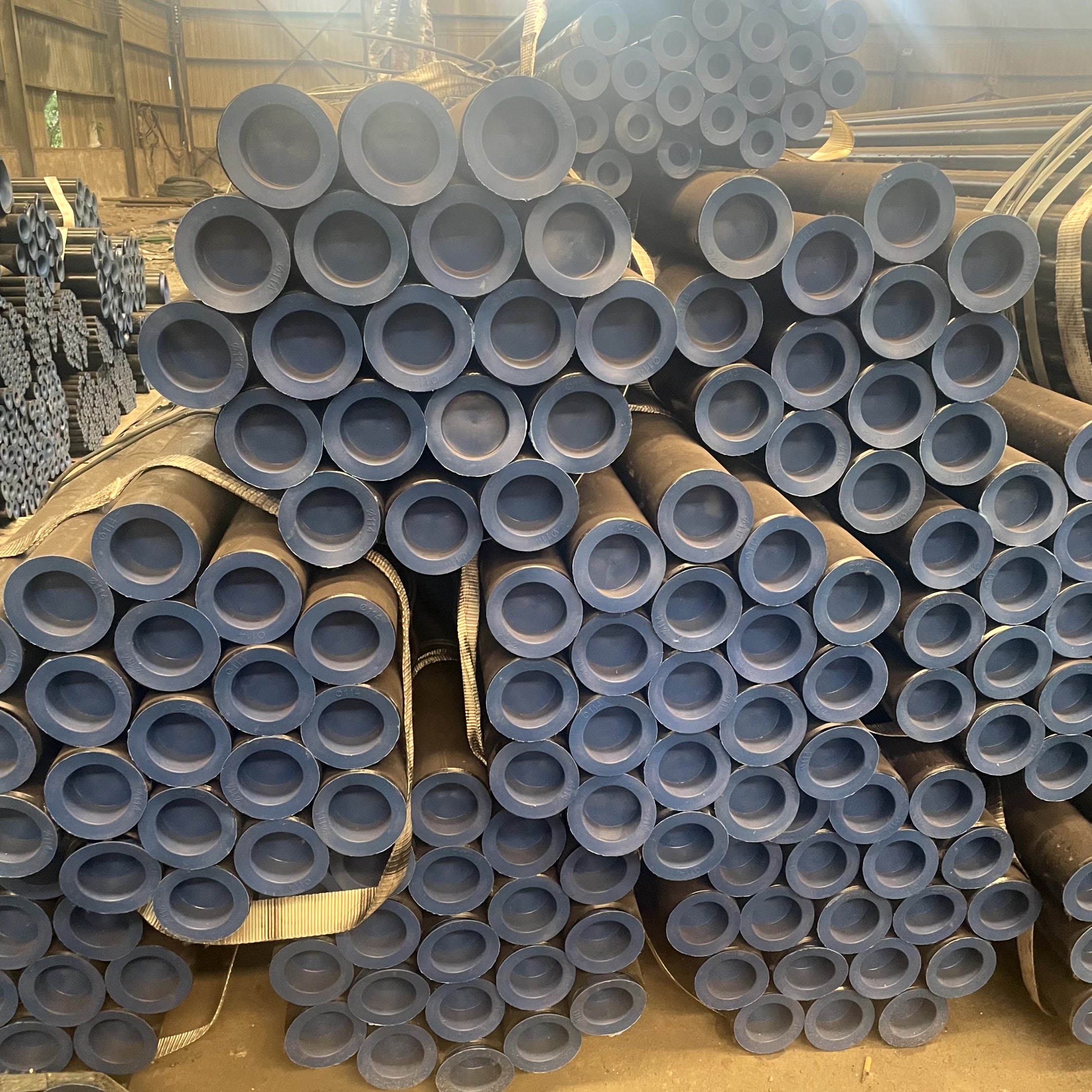I. Introduction: The Unyielding Value of Stainless Steel
In environments defined by high corrosivity, extreme temperatures, or strict hygiene mandates (such as chemical processing, marine oil & gas, and food & beverage), the standard Seamless Pipe is replaced by a specialized asset: the Stainless Steel Pipe. Its exceptional resistance to rust and decay makes it a non-negotiable component where system integrity must last decades.
However, stainless steel is not a monolithic material. The difference between the industry’s two workhorse grades—304 and 316L—is measured in microscopic alloying elements, but the implications for system safety and longevity are colossal. Furthermore, sourcing this premium material requires navigating the volatile dynamics of the Seamless Pipe Market and understanding the factors that dictate current Price Trends.
II. The Core Showdown: 304 vs. 316L Seamless Pipe
The choice between the common austenitic stainless steel grades is the most critical decision in corrosive environments.
A. The Standard: SUS304 (or TP304)
SUS304 (commonly referred to as 304) is the most widely used stainless steel globally. Its composition, primarily 18% Chromium and 8% Nickel (the 18/8 grade), provides excellent resistance to general atmospheric corrosion and mild acids. It is the most economical Stainless Steel Pipe option and is suitable for:
-
Architectural supports and handrails
-
General water conveyance
-
Equipment used in non-chloride environments
B. The Premium Choice: 316L (The Molybdenum Advantage)
316L elevates corrosion resistance by adding Molybdenum (Mo), typically 2%–3%. This crucial addition is the secret weapon against localized corrosion, making it the superior choice for:
-
Pitting Resistance: Molybdenum significantly combats pitting corrosion caused by chlorides (saltwater, coastal areas, de-icing salts).
-
Crevice Corrosion: It provides enhanced stability in confined spaces where oxygen levels are low.
-
Weldability: The "L" stands for Low Carbon, which minimizes carbide precipitation during welding, ensuring structural integrity in aggressive environments.
| Grade | Alloying Edge | Application Focus |
| SUS304 | 18% Cr, 8% Ni | General Service, Mild Corrosion |
| 316L | Molybdenum Added (2%-3%) | Marine, Chemical Processing, Pharmaceutical |
The Cost of Error: Installing a SUS304 pipe in a coastal environment where 316L is mandatory can lead to rapid pitting and catastrophic failure. The initial cost saving is dwarfed by the eventual replacement and downtime expense.
III. Global Market Dynamics and Price Trends
Procuring Stainless Steel Pipe requires a keen eye on the global Seamless Pipe Market, which is heavily influenced by external economic factors.
A. Key Market Drivers
The demand for Seamless Pipe is intrinsically linked to global capital expenditure in energy (new pipelines, refinery upgrades) and infrastructure. Regulatory pressure for safer, more robust systems often pushes clients away from welded alternatives, favoring the superior integrity of SMLS tubes.
B. Understanding Price Trends
Stainless steel Price Trends are notoriously volatile, primarily because the final product cost is dominated by two highly traded commodity metals:
-
Nickel: A primary element in both 304 and 316L. Nickel price fluctuations have the most direct and significant impact on stainless steel pipe costs.
-
Molybdenum: Since 316L is the only grade containing Molybdenum, its price directly influences the cost difference between 304 and 316L seamless tubes.
Strategic Procurement: Buyers must secure certified material test certificates (MTCs) to ensure they are getting the specified alloy. Smart procurement involves balancing long-term supply agreements against short-term speculation on raw material Price Trends.
IV. Conclusion and Pillar Content Link
The Seamless Pipe in stainless steel is the foundation of long-term reliability in aggressive industrial settings. Selecting the correct grade—understanding that 316L’s molybdenum content justifies its higher price in chloride environments—is the ultimate act of risk mitigation.
Mastery of these material science and market dynamics is essential for any industrial professional. To fully understand the manufacturing standards, inspection protocols, and complete alloy choices for SMLS tubing, consult our definitive guide: The Definitive Guide to Seamless Pipes: From Manufacturing Excellence to Critical Application Selection.[Our Definitive Guide to Seamless Pipe Manufacturing and Application Selection].





